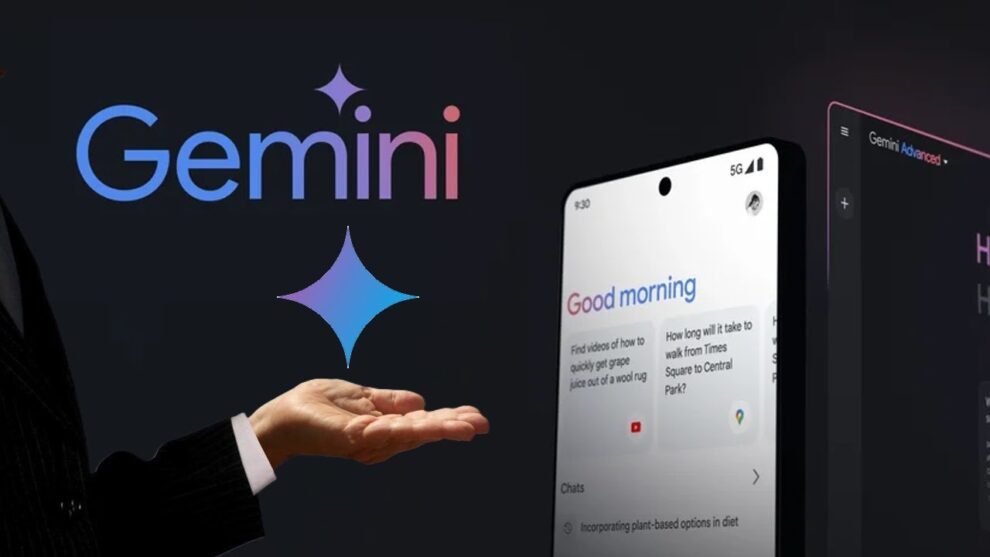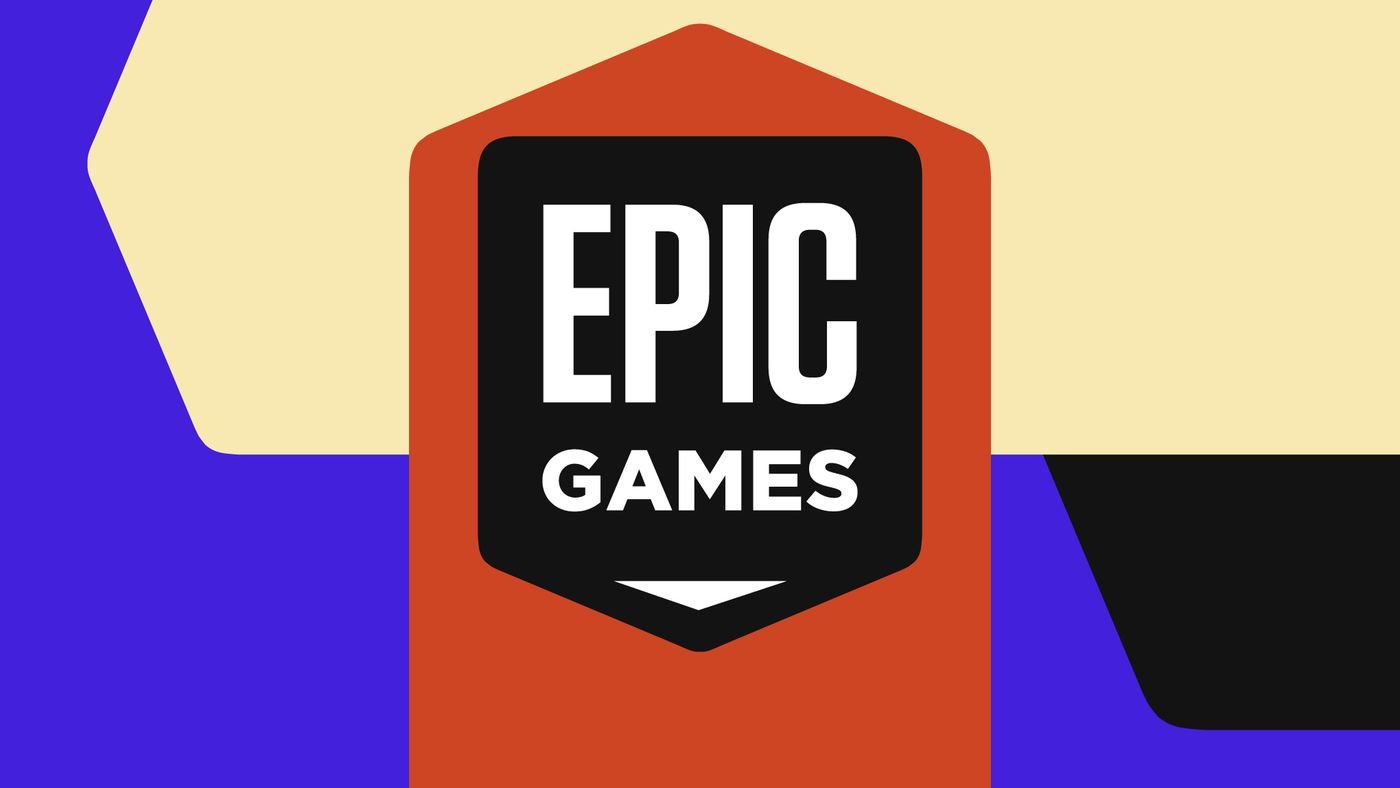Google’s ambitious AI assistant, Gemini, is undergoing a significant transformation, with a fresh “floating overlay panel” rolling out to select users. This change, teased at Google I/O 2024 and currently in limited release, promises a more seamless, contextual AI experience.
The Glow-Up: What’s New?
- Floating Overlay: The standout feature is the new floating panel that displays Gemini responses within the current app, eliminating the need to switch screens. A subtle glow animation highlights the panel, creating a visually pleasing effect.
- Contextual Understanding: The overlay adapts to the on-screen content, providing relevant information without disrupting the user’s workflow.
- Expanded Functionality: The panel supports longer responses, image generation, and drag-and-drop capabilities, enhancing Gemini’s utility.
- “Ask About This Video” Chip: When activated on YouTube, a new chip allows users to pose questions or request summaries about the current video.
Who’s Getting It, and When?
- Limited Rollout: The floating overlay is gradually reaching Android users, with Pixel 8 Pro owners among the first to access it.
- Gemini and Gemini Advanced: Both free and premium subscribers will receive the update.
- Expected Timeline: Google aims for a wider release in the coming weeks.
Why the Change?
- Enhanced User Experience: The floating overlay streamlines AI interactions, keeping users engaged with their current tasks.
- Contextual Relevance: The overlay’s adaptability to on-screen content ensures Gemini responses are timely and helpful.
- Increased Utility: New features like image generation and the YouTube chip expand Gemini’s capabilities.
Beyond the Glow: Unpacking the Significance
This update reflects Google’s commitment to making AI assistants more intuitive and integrated into everyday tasks. The floating overlay prioritizes contextual understanding, recognizing that users often seek information while engaged in other activities. By streamlining the AI experience, Google aims to boost Gemini’s adoption and utility.
Voices from the Community
Early impressions on platforms like Reddit and Quora are largely positive, with users praising the overlay’s sleek design and contextual awareness. Some have compared it to Iron Man’s J.A.R.V.I.S., hinting at a future where AI assistants become ubiquitous companions.
Personal Take: A Glimpse into the Future
As someone who has followed Gemini’s development closely, I find this update particularly exciting. The floating overlay feels like a natural evolution of AI interaction, moving away from intrusive full-screen interfaces toward a more subtle and contextually aware approach. While the rollout is currently limited, I’m eager to see how this change impacts Gemini’s adoption and future development.
Digging Deeper: Unanswered Questions
While the floating overlay is a significant step forward, it also raises some questions:
- OS Integration: Will the overlay become an integral part of Android’s future versions, offering deeper system-level integration?
- Customization: Will users be able to personalize the overlay’s appearance and behavior?
- Expansion: Will similar overlays appear in other Google products, such as Chrome or Gmail?
The Future of AI: More Than Just a Glow
Google’s latest update to Gemini signals a broader trend in AI development: a shift toward more integrated, contextual, and user-friendly experiences. The floating overlay is a testament to this vision, offering a glimpse into a future where AI assistants are not just helpful tools but seamless extensions of our digital lives.
With the floating overlay panel, Gemini is poised to become a more integral and valuable part of the Android ecosystem. By prioritizing contextual understanding and user experience, Google is paving the way for a future where AI assistants are truly indispensable. As the rollout continues and more users experience Gemini’s new glow, it will be fascinating to witness how this innovation shapes the way we interact with AI in the years to come.



















Add Comment